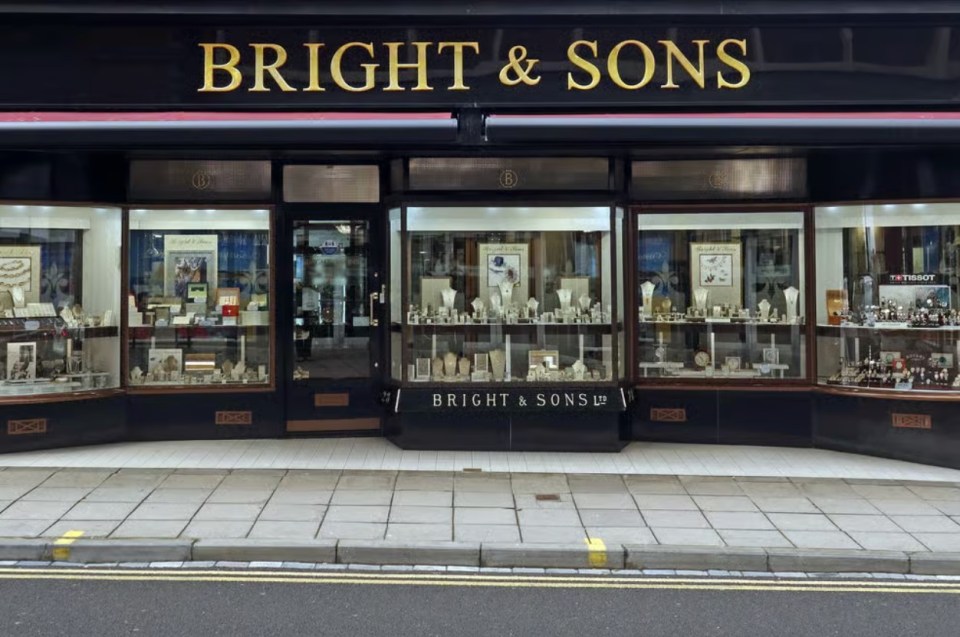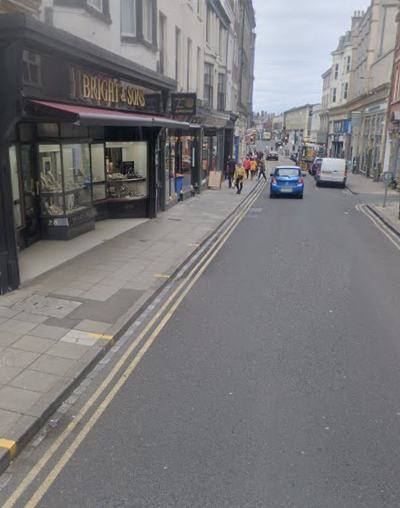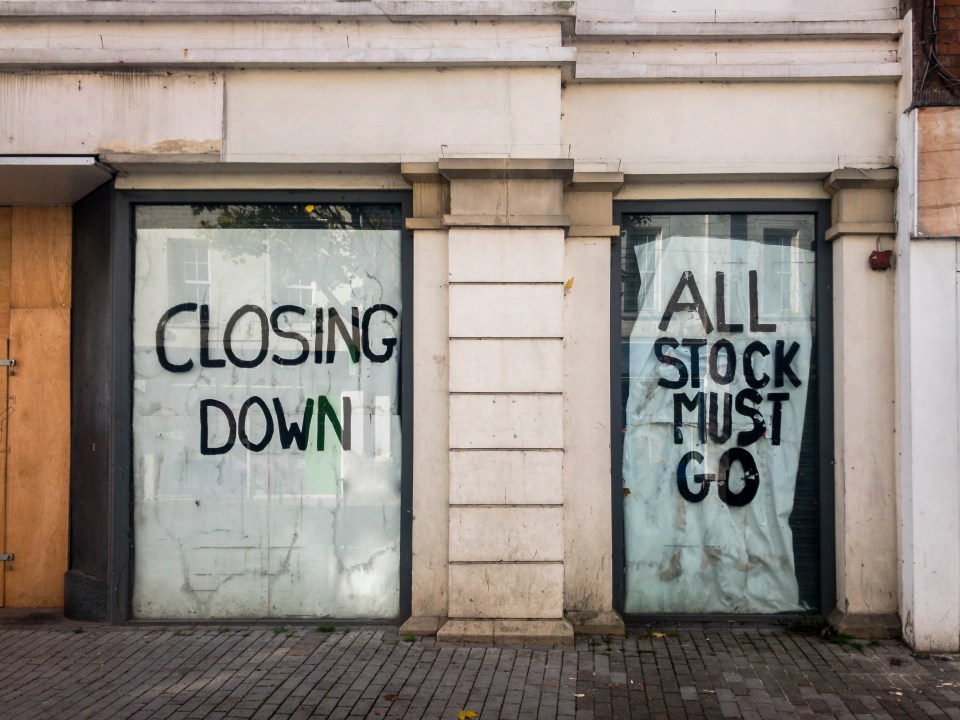IT’s the end of an era for one of Scarborough’s most prestigious stores, which is set to shut after 165 years.
Bright & Sons jewellers on St Nicholas Street has been a Scarborough fixture for generations.
Families have passed through its Victorian doors to mark engagements, weddings, anniversaries and christenings.
But after struggling with tough trading conditions and refusing to compromise on quality and service, the jeweller will close its doors for good at the end of October.
A huge closing-down sale has now begun, with stock including new and antique jewellery, watches, rings, necklaces and keepsakes available at reduced prices.
Shoppers can also find selected pieces online, with the sale offering a last chance to pick up a bargain while saying farewell to a store that has been part of Scarborough life for more than a century.
Bright & Sons has a proud history stretching back to 1859, when founders Frederick and Herbert Bright moved from Sheffield to open the business.
The link with Sheffield remained strong when the store joined forces with jewellers H. L. Brown in 1957.
“It is very much a sad goodbye,” said Kerri Amos, at parent company H. L. Brown in Sheffield.
“We know the community in Scarborough will feel it and all of us here in Sheffield are feeling it too.”
Over the years, Bright & Sons has been known for its personal service and high-quality pieces, with many of its staff staying for decades.
One of its most famous commissions came in 1897, when the jewellers created a ceremonial chain for the Mayoress of Scarborough to mark Queen Victoria’s Diamond Jubilee.
Director of H. L. Brown, Richard Pool, based at Barbara Cattle jewellers in York, said customers would be given a warm welcome there after the Scarborough shop closes.
Many loyal shoppers already make the trip to York, keeping the historic link alive.
The closure follows a string of well-known names disappearing from the high street.
In Grimsby, G Hewitt & Son jewellers shut earlier this year after 154 years, launching a huge farewell sale before finally closing its doors.
Budget giant Poundland has also been shutting shops at pace, with 68 stores set to go by mid-October.
Several Birmingham branches have already gone, including Kings Heath, Sheldon and Erdington, with bargain hunters offered up to 75 per cent off stock before shutters came down.
Wilko collapsed last year, forcing hundreds of stores to close, while chains like M&Co and Paperchase also vanished from town centres across the country.
Boots has announced plans to shut 300 shops, Iceland has been closing branches, and even fashion favourite Topshop disappeared after being bought out by ASOS.
House of Fraser has shrunk its empire year after year, Debenhams vanished from the high street in 2021, and Marks & Spencer has confirmed more closures as it reshapes its business.
RETAIL PAIN IN 2025
The British Retail Consortium has predicted that the Treasury’s hike to employer NICs will cost the retail sector £2.3billion.
Research by the British Chambers of Commerce shows that more than half of companies plan to raise prices by early April.
A survey of more than 4,800 firms found that 55% expect prices to increase in the next three months, up from 39% in a similar poll conducted in the latter half of 2024.
Three-quarters of companies cited the cost of employing people as their primary financial pressure.
The Centre for Retail Research (CRR) has also warned that around 17,350 retail sites are expected to shut down this year.
It comes on the back of a tough 2024 when 13,000 shops closed their doors for good, already a 28% increase on the previous year.
Professor Joshua Bamfield, director of the CRR said: “The results for 2024 show that although the outcomes for store closures overall were not as poor as in either 2020 or 2022, they are still disconcerting, with worse set to come in 2025.”
Professor Bamfield has also warned of a bleak outlook for 2025, predicting that as many as 202,000 jobs could be lost in the sector.
“By increasing both the costs of running stores and the costs on each consumer’s household it is highly likely that we will see retail job losses eclipse the height of the pandemic in 2020.”















